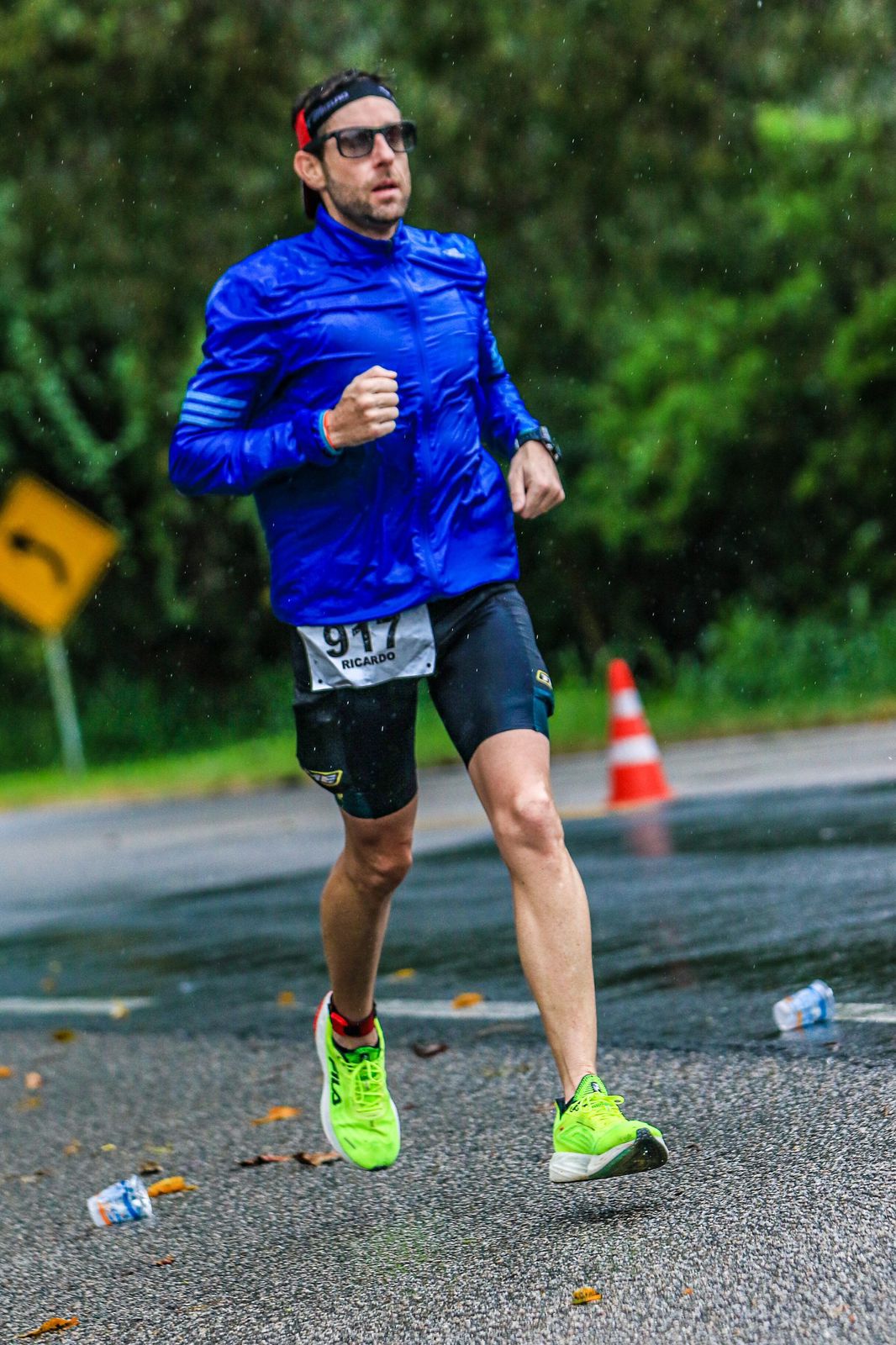This text was written by a TecMundo columnist; finally learn more.
Running, cycling, swimming and rowing are the most common forms of endurance exercise where both aerobic and muscular endurance are required for extended periods of time. If you’re a practitioner of any of these methods, you’ve already had thoughts of slowing your pace, or even stopping and interrupting your workout or test.
Even highly motivated people reach their “psychological limits” and consider giving up before they reach the limit of their physiological capacity.
Learn how to control it and improve your performance, effective psychological strategies according to science.. The 5 psychological strategies are: goal setting, motivating self-talk, relaxation, distraction, and pacing.
1. Goal setting
Setting your goals in modality is essential, it can increase motivation and direct our attention. Today, coupled with the use of technology, we are increasingly able to measure effort data in running, cycling, swimming, and rowing aimed at improving speed, overall distance, among other personal records. There is a high perception of efficacy by hitting targets, which helps motivation.
Ricardo Brandt, Ph.D. in sports performance and a triathlete who has completed the Ironman four times (a race consisting of a 3.8km swim, 180km bike, and 42km run) says he uses some strategies in training and competition: “I always stay 1 to 2 minutes. visualizing what I want to complete. It helps give direction and stability to thoughts and focus on the moment.”
However, goals can also act as stressors, especially if the difficulty is high enough to cause pre-competitive anxiety. Goals should be challenging but attainable. Besides, Flexibility in goals is importantSince performance in training and competitions can be affected by a number of internal and external factors, such as the quality and quantity of sleep, food, as well as weather and climatic conditions.
2. Motivational self-talk
Inner speech is self-talk, what people say to themselves, silently or out loud. This dialogue with yourself during a run can be instructive or motivating. First for self-preparation instructions on technique, strategy or what to watch out for. Second, it refers to speaking up to maximize effort, such as “come on, you can go on” to build confidence and increase activation.
One study showed the effectiveness of self-talk in cyclists who reduced perceived exertion and improved their performance in tests from 637 seconds to 751 seconds, while another group that did not talk to themselves did not improve performance. Self-talk reduced perceived effort and may have moved athletes further in testing.
During training, especially long ones, the triathlete uses strength and focus mantras: “I repeat some words I had previously planned to help me focus my attention on the things that matter, such as the mechanics of running or breathing on the bike. I use them when I feel physically uncomfortable. Air in Ironman Brasil 2022. It was very cold and it was raining, I had hypothermia, and the last eight kilometers of the race were terrible. All this time I had to negotiate with myself and repeat throughout the final route “it’s over, just get there …” says Brandt.
Also important is the way you talk to yourself: in a 10km bike test, talking to the third person (“You can do this”) was better than the first person (“I can do this”).
Thought crises occur during long exams, and self-talk can be helpful for softening negative effects, but it also improves performance. talk to yourself!

3. Relaxation
Relaxation strategies during exercise can help you deal with thoughts of momentary slowing or stopping, help regulate your pace, and reduce focus on sensory perceptions related to exertion, such as how breathless you are or pain aggravated by exercise. cycling.
4. Distraction
During a test, distractions are welcomed in the sense of reducing perceptions of effort, such as perceiving the environment and the stimuli it provides, this is also associated with an increase in positive emotional states such as pleasure and positive mood. This explains why running outside is more enjoyable than running on a treadmill. Music can be an ally in distraction during physical exertion.
5. Rhythm control
Speed control aims to better distribute power, work or energy expenditure to complete an activity in the fastest possible time. Monitoring, evaluating and adapting speed are important skills for surviving the race. You can use existing and growing body-connected technologies to better control your speed, wearable technologies like smartwatches for running are the world’s #1 fitness trend.
To do this, if you are a high-performance athlete, it is essential that you know more about the race you will be doing, the route, the altimeter, possible weather conditions and competitors. Whatever the method, a test tactic is essential, a PE specialist can help you with that.
An important point emphasized by the researchers is that At all costs, you should not always try to overcome thoughts of slowing down or stopping during a practice or race.When the practitioner’s physical and psychological integrity is at risk, it may be necessary to stop or reduce the intensity. Some points such as musculoskeletal injuries, excessive late muscle aches, heat stroke and dark urine, and cardiovascular events such as angina, irregular heartbeat and severe shortness of breath deserve attention.
Goal setting, motivating self-talk, relaxation, distraction, and speeding are strategies that can be used to resist behavioral urges to stop or reduce your effort to run, bike, swim, and row. Use some of these strategies and enjoy your workout!
fabio dominski He holds a PhD in Human Movement Sciences and a degree in Physical Education from Santa Catarina State University (UDESC). He is a university professor and researcher at the Sport and Exercise Psychology Laboratory (LAPE/CEFID/UDESC). He is the author of Physical Exercise and Science – Facts and Myths and presents the Physical Exercise and Science program on UDESC Joinvile radio (91.9 FM); The program is also available at: podcast on Spotify.
Source: Tec Mundo
I’m Blaine Morgan, an experienced journalist and writer with over 8 years of experience in the tech industry. My expertise lies in writing about technology news and trends, covering everything from cutting-edge gadgets to emerging software developments. I’ve written for several leading publications including Gadget Onus where I am an author.












